What Are the Standards for Food Packaging Design? Navigating Compliance and Innovation in Modern Flexible Packaging
In the dynamic world of food safety and consumer expectations, food packaging design standards serve as the critical blueprint for creating functional, safe, and sustainable solutions. As global regulations tighten and eco-conscious demand grows, adhering to food packaging design standards while embracing cutting-edge innovations has become a non-negotiable balance for brands and manufacturers. From barrier performance to smart labeling, let’s explore how today’s food packaging design standards are evolving alongside advancements in materials, technology, and circular economy principles.
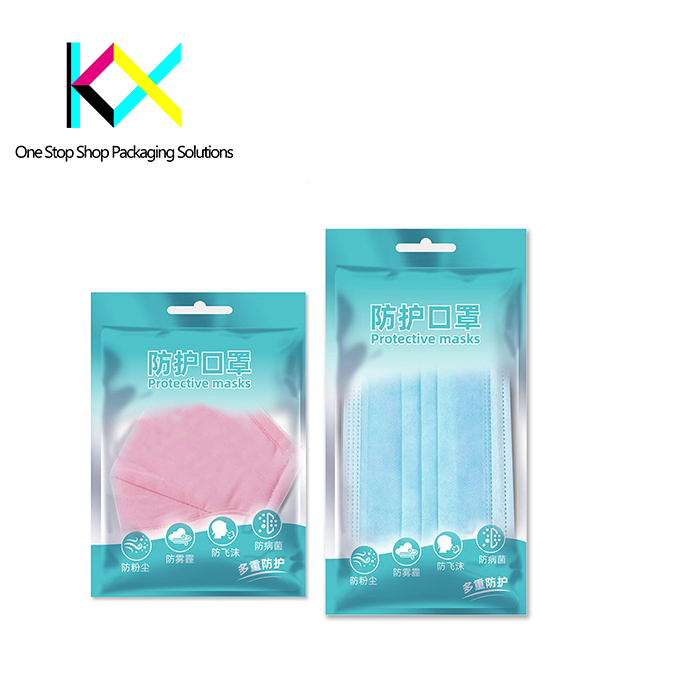
1. Material Safety & Regulatory Compliance
At the core of food packaging design standards lies material safety. Key considerations include:
FDA/EFSA Compliance: Ensuring resins and inks meet migration limits for heavy metals and endocrine disruptors, especially in direct-contact applications like snack pouches.
PFAS-Free Barriers: Transitioning to fluoro-free coatings (e.g., Mitsubishi’s Guardiant™) to comply with EU’s upcoming PFAS ban (2025).
Recyclable Monomaterials: Developing PE- or PP-based structures that align with APR/RecyClass certifications for store drop-off programs.
Innovation Spotlight: Amcor’s AmPrima™ PE Plus achieves 98% recyclability while meeting food packaging design standards for greasy snacks like chips.
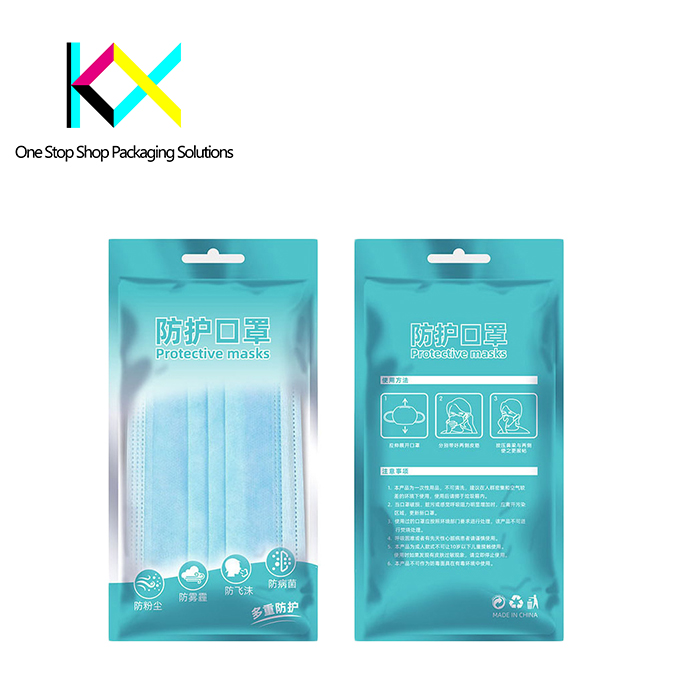
2. Barrier Performance & Shelf Life Optimization
Meeting food packaging design standards requires advanced barrier films that prevent oxygen ingress, moisture loss, and light damage:
Nanoclay-Enhanced Films: 0.03 cc/m²/day oxygen transmission rates (OTR) in Huhtamaki’s FutureSmart™ laminates for premium coffee packaging.
UV-Blocking Additives: Lignin nanoparticles in Clondalkin’s dairy pouches protect probiotics from degradation.
Active Packaging: Oxygen-absorbing labels (e.g., FreshCase®) extend meat shelf life by 70%, now integrated into Sealed Air’s Cryovac® range.
Sustainability Angle: Mondi’s BarrierPack Recyclable uses functional barriers compatible with PE recycling streams, balancing performance and circularity.
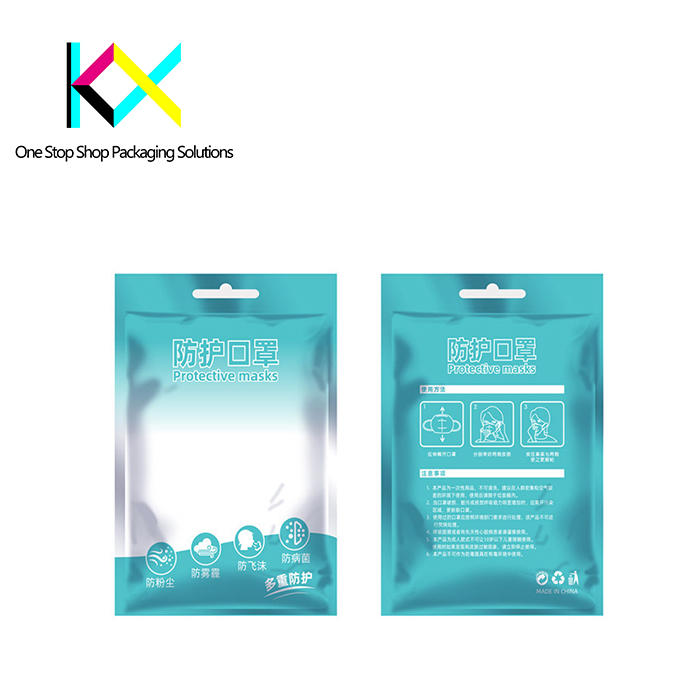
3. Smart Labeling & Consumer Engagement
Modern food packaging design standards increasingly prioritize digital integration:
QR Code Traceability: Nestlé’s YES! bars link to blockchain-based farm-to-pouch data via Digimarc Barcode.
Thermochromic Inks: Labels indicate freshness (e.g., green-to-red color shifts) on Campofrío’s cured meat packs.
NFC-Enabled Recycling Guides: Avery Dennison’s atma.io tags provide localized disposal instructions, trialed in Tesco’s private-label range.
Regulatory Driver: EU’s Digital Product Passport (2027) mandates such features for all packaged foods.
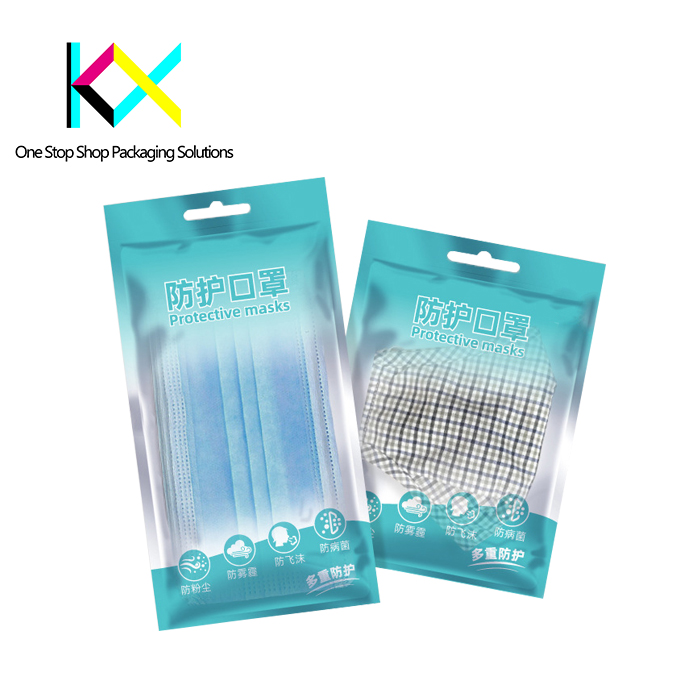
4. Structural Integrity & Usability
Food packaging design standards demand pouches that withstand supply chain stresses while enhancing user experience:
Drop Resistance: 8-layer co-extruded films survive 2-meter drops, critical for e-commerce frozen meals.
Resealable Zippers: Aptar’s Press-to-Close® system reduces food waste by 30% in Kraft Heinz’s condiment pouches.
Ergonomic Spouts: Huhtamaki’s FusionFlow™ spouts enable drip-free pouring for plant-based milk alternatives.
Case Study: HelloFresh’s switch to side-gusseted stand-up pouches improved freezer storage efficiency by 25%.
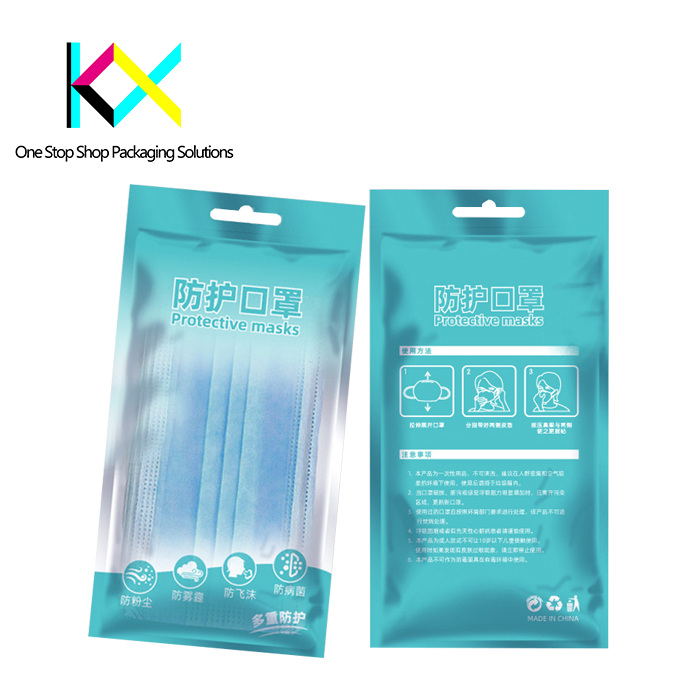
5. Sustainability & Circular Economy Alignment
Redefining food packaging design standards for planetary health:
Chemical Recycling Compatibility: Dow’s RecycleReady™ designs work with Pyrowave’s microwave depolymerization.
Marine-Degradable Films: Notpla’s seaweed-based laminates decompose in seawater within 6 weeks.
Carbon-Negative Materials: Coca-Cola’s trial of Paques Biomaterials’ PHA-based films for juice pouches.
Regulatory Pressure: UK’s Plastic Tax penalizes non-recyclable designs at £210/ton.
6. Global Certification Protocols
Navigating food packaging design standards requires certifications like:
ISO 22000: Food safety management for packaging suppliers.
BS 8611: Compostable packaging validation.
FSC™ Certification: Ethical sourcing of paper components.
Emerging Focus: Germany’s new DIN SPEC 91486 standard for biodegradable flexible packaging.
Future-Forward Design Trends
AI-Optimized Structures: Siemens’ NX software predicts optimal material thickness for specific food types.
Edible Coatings: Mori’s chitosan-based films extend produce shelf life while being compostable.
Self-Healing Films: BASF’s Luculent™ layers repair microtears during transit.
Why Partner with Certified Experts?
Leading converters offer:
-
Migration Testing Labs
-
Digital Twin Prototyping
-
Small-Batch Digital Printing
-
Carbon Footprint Analytics
At SafePouch Innovations, our food packaging design standards solutions blend Huhtamaki’s barrier tech with Aptar’s smart zippers, achieving 98% recyclability without compromising on 18-month shelf life. Recently, we helped a plant-based cheese brand slash packaging waste by 40% while securing BRCGS AA+ certification.
The Verdict: As health, sustainability, and functionality converge, food packaging design standards are no longer just checkboxes—they’re the foundation of brand trust and regulatory survival. From nanoclay barriers to blockchain labels, the future belongs to those who innovate within these frameworks.
You can visit our website to know more about our compostable pouch:
